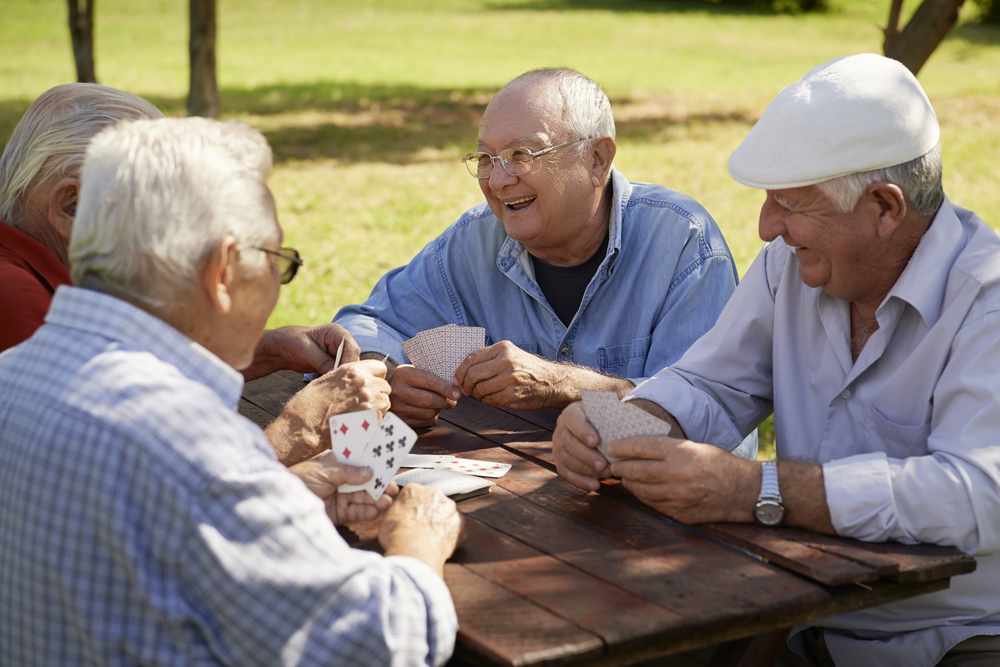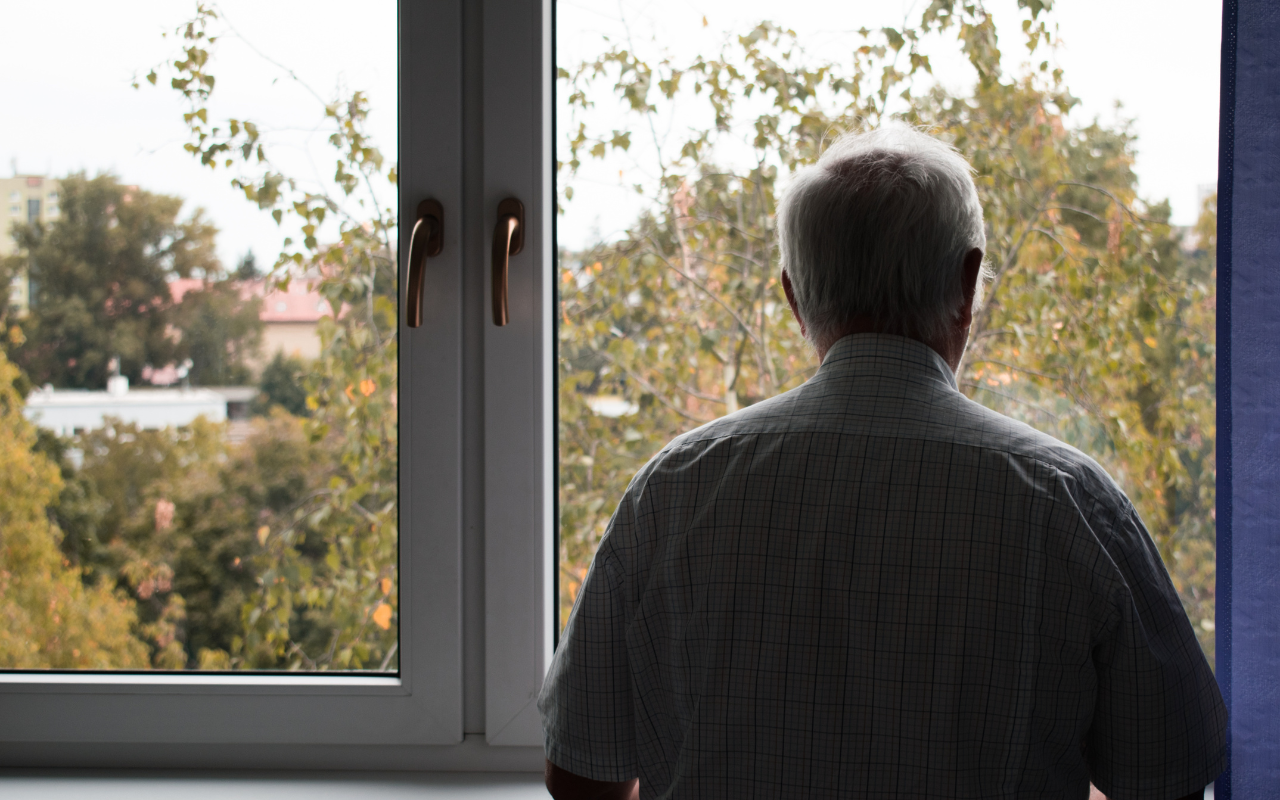Older Australians are especially vulnerable to experiencing moderate to severe loneliness, with significant economic and health consequences.
There has been increasing awareness of the health impacts of loneliness, with the growing loneliness epidemic being labelled the next public health epidemic of the 21st century.
Older people are particularly at risk of experiencing loneliness due to life transitions such as retirement, loss of friends or a spouse, loss of independence and declining health.
In a perspective published in the Medical Journal of Australia, Dr Lidia Engel and Professor Catherine Mihalopoulos of Monash University have highlighted the health and economic impacts of loneliness in an ageing Australian population, and outlined the diverse factors that must be considered when developing interventions.
“A growing body of evidence has highlighted the significant health burden associated with loneliness, with more recent studies also suggesting that loneliness has become an economic problem due to an increase in service use and demand for institutional care,” the authors wrote.
“This development requires both effective and cost-effective strategies to tackle loneliness.”

Loneliness rates in older people
Dr Engel and Professor Mihalopoulos note that quantifying loneliness can be difficult due to the subjective nature of loneliness, the stigma surrounding it, and the fact that online surveys used to measure loneliness aren’t as accessible for older people.
Studies have found 28.5% of people over 60 experience loneliness to some degree, with the severity of loneliness increasing as older people age further.
In an analysis of loneliness in aged care facilities, the mean prevalence of moderate loneliness was estimated at 61% and estimated mean prevalence of severe loneliness was 35%.
Loneliness has been recognised as a risk factor for chronic disease, such as heart disease, diabetes and dementia, and can increase the risk of premature death.
While loneliness is linked to chronic disease, chronic disease itself is associated with increased social isolation and loneliness, potentially creating a vicious cycle of declining health and increasing isolation.
“Further research in this area is urgently needed to truly understand the nature of this relationship and ultimately how we might be able to best address it,” the authors wrote.
“With the number of people living with chronic conditions on the rise, there is an urgent need for a holistic approach for chronic condition management to address loneliness and social isolation.”
The economic burden of loneliness
In Australia, the total cost of loneliness was estimated around $2.7 billion, with people over 55 accounting for more than one-third of that cost due to increased need for health services.
“There has been a growing number of studies showing that loneliness is associated with greater health service use, such as doctor visits, emergency department visits and hospital admissions,” the authors wrote.
Given loneliness is a risk factor for care home admission, it’s possible that interventions that tackle loneliness could reduce or delay the need for institutional care, although the authors note that further research in this area is needed.
“Although some studies have found that a few interventions that aim to reduce loneliness provide value for money, differences in the methods and contexts of studies mean that they are not comparable and cannot be used for integrated decision making,” the authors wrote.
“Further cost-effectiveness evidence is urgently needed, adopting a holistic priority-setting framework and consistent methodology.”
No one-size-fits-all solution
Current loneliness interventions for older people that have been explored include social facilitation interventions, psychological therapies, health and social care provision, animal interventions, befriending interventions, and leisure/skill development.
Promising results have been seen in group interventions such as educational and social activity groups, with activities such as laughter therapy, reminiscence therapy and gardening therapy.
Dr Engel and Professor Mihalopoulos note that it’s important to consider underlying risk factors when addressing loneliness, such as gender, race, socio-economic status, loss of relationships and geographical isolation.
“When designing interventions or policies, it is crucial to recognise that many of the risk factors for loneliness are interrelated and that each person is defined by a whole set of characteristics that can be related to loneliness in a different way,” the authors wrote.
The authors emphasise that interventions must also be attentive to the needs of culturally and linguistically diverse communities and ensure inclusivity for diverse groups such as LGBTQIA+ people.
“Recognising that there is no one-size-fits-all approach, the provision of services and their implementation need to be tailored to the needs of the communities and consumer preferences, adopting a person-centred approach that includes the involvement of older people with lived experiences in the design of interventions.”
Read the perspective in the Medical Journal of Australia.
Subscribe to the free InSight+ weekly newsletter here. It is available to all readers, not just registered medical practitioners.

 more_vert
more_vert
The value of companion animals for elderly people should not be under recognized. Both dogs and cats provide company and a reason to remain active and functional through the gift of responsibility. Dogs can be social facilitators as people walking dogs often strike up conversations and interact with each other. It is important to ensure downsizing options do not negate the individuals right to keep a suitable companion animal and blanket bans on pets in retirement villages or apartments or other accommodation styles more suitable for older people increases isolation. I for one only want a pet friendly retirement village option.
In designing inclusive measures and policies, it would be important to ensure Covid–safer measures: masking (surgical or N95), room ventilation, air filtration, outdoors where possible. It would be terrible to add RSV, influenza or Covid to the burden of older people. Or to exclude those who would wish to participate, but who wish to avoid infection. And don’t say people won’t mask. I attended weeks of rehabilitation and all the patients, elderly or otherwise, wore their masks, usually N95. If people are informed they make better choices